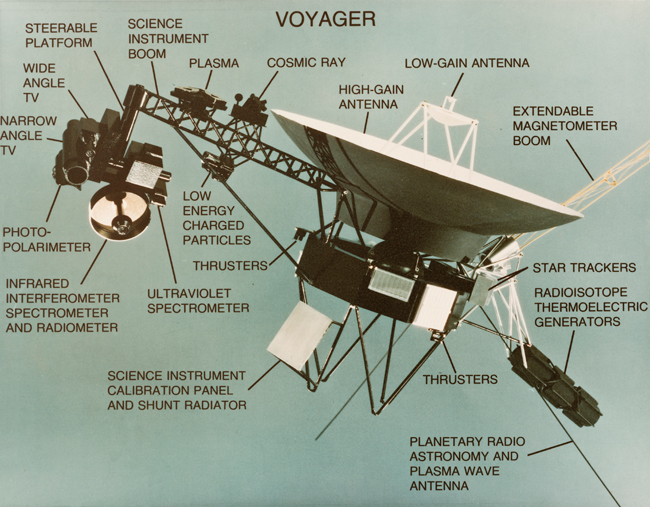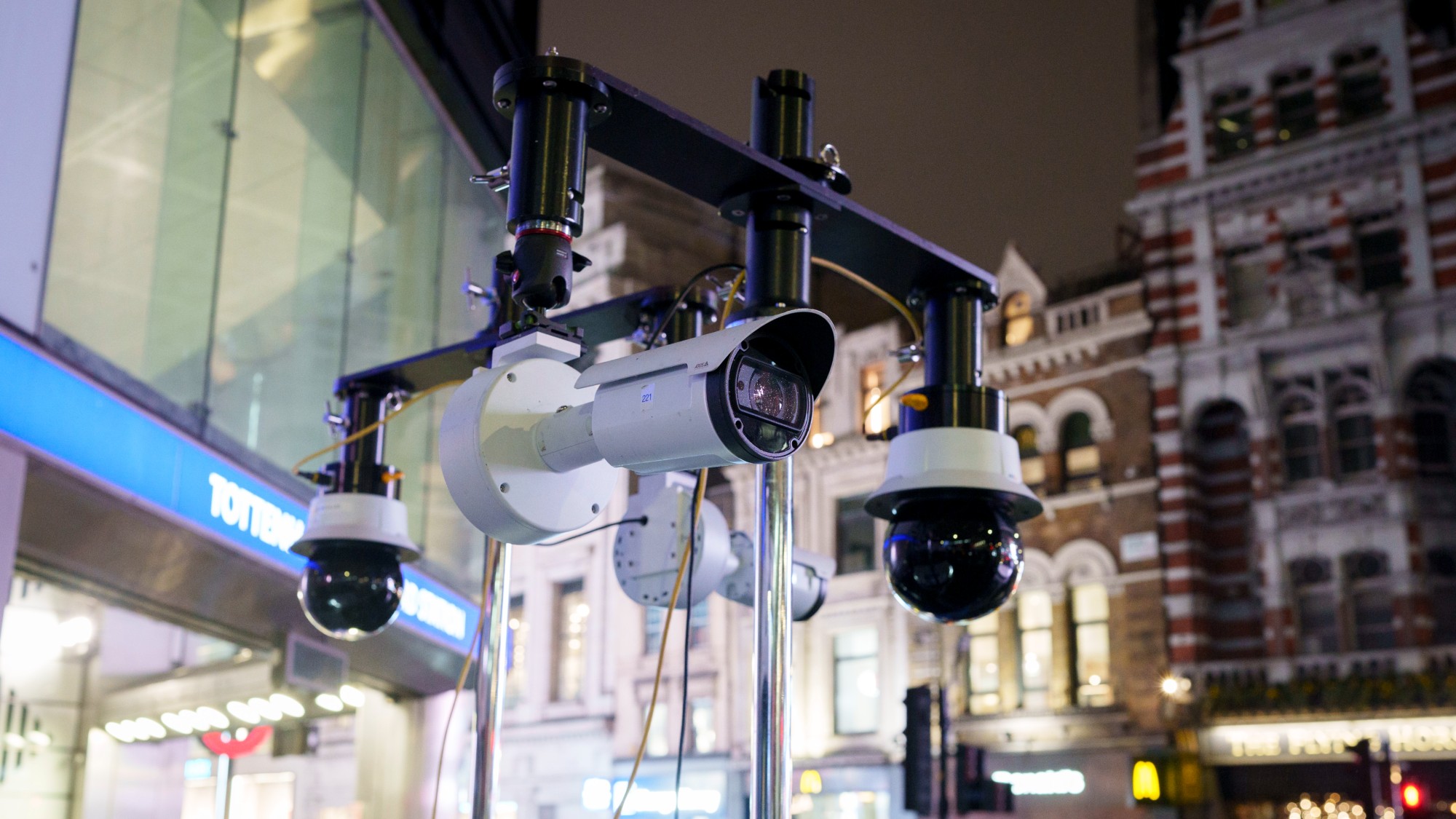35 years later: Voyager 1's journey to the edge of the solar system
The space probe is approaching uncharted territory

The Voyager 1 is pretty unremarkable, technologically speaking. For starters, it only has 68 kilobytes of memory; an iPod Nano has over 16 million. The probe's radio system, imaging system, and infrared interferometer spectrometer fizzled out long ago. Voyager 1 even has a Golden Record onboard (remember those?) featuring a voice message from then-President Jimmy Carter, just in case any intelligent life forms come across it.
What is remarkable is the fact that the spacecraft is still chugging along after 35 years in space. Its mission, when it first launched from Cape Canaveral on Sept. 5, 1977, was supposed to conclude in 1980 after it took a few close-up shots of Saturn and its moon. But it has enough plutonium to power it easily into the 2020s.
Yesterday, a new study claimed that the probe had exited the confines of our solar system, which would make it the first ever Earth-built object to do so. (Its sister probe, Voyager 2, isn't too far behind.) According to Rebecca J. Rosen at The Atlantic, Voyager 1 indeed experienced "dramatic changes" last August when it demonstrated a "sharp drop-off in solar particles hitting the probe." But it hasn't left the solar system just yet, according to the government.
The Week
Escape your echo chamber. Get the facts behind the news, plus analysis from multiple perspectives.

Sign up for The Week's Free Newsletters
From our morning news briefing to a weekly Good News Newsletter, get the best of The Week delivered directly to your inbox.
From our morning news briefing to a weekly Good News Newsletter, get the best of The Week delivered directly to your inbox.
Per NASA's official statement:
The Voyager team is aware of reports today that NASA's Voyager 1 has left the solar system. It is the consensus of the Voyager science team that Voyager 1 has not yet left the solar system or reached interstellar space. In December 2012, the Voyager science team reported that Voyager 1 is within a new region called 'the magnetic highway' where energetic particles changed dramatically. A change in the direction of the magnetic field is the last critical indicator of reaching interstellar space and that change of direction has not yet been observed. [Mashable]
So where is it, exactly? In all likelihood it's 11 billion miles away from our sun, just outside an area of space called the heliosphere, a blustery region stirred by our sun and its solar winds. "It's outside the normal heliosphere," Bill Webber, a professor of astronomy at New Mexico State University, tells the Guardian. "I would say that. We're in a new region. And everything we're measuring is different and exciting."
Translation: We're not quite out of the woods yet. But we're getting close.

A free daily email with the biggest news stories of the day – and the best features from TheWeek.com
-
 Political cartoons for December 14
Political cartoons for December 14Cartoons Sunday's political cartoons include a new White House flag, Venezuela negotiations, and more
-
 Heavenly spectacle in the wilds of Canada
Heavenly spectacle in the wilds of CanadaThe Week Recommends ‘Mind-bending’ outpost for spotting animals – and the northern lights
-
 Facial recognition: a revolution in policing
Facial recognition: a revolution in policingTalking Point All 43 police forces in England and Wales are set to be granted access, with those against calling for increasing safeguards on the technology